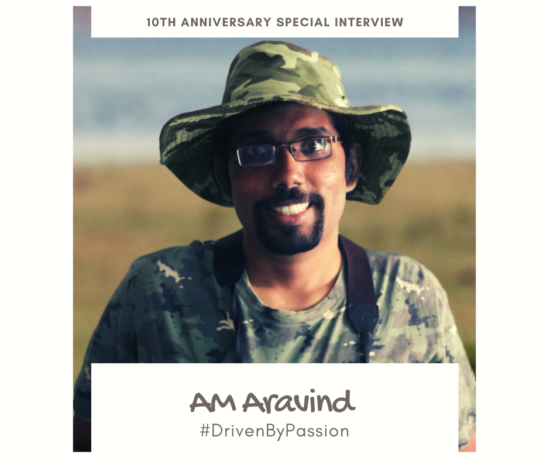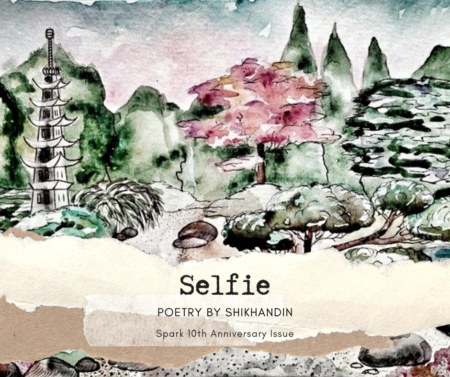An interview with AM Aravind
In an interview to Spark, AM Aravind, a brand and communication consultant, speaks at length about his passion for bird watching and bird photography.
AM Aravind is a Chennai-based brand and communication consultant, who has varied interests ranging from music, to sketching to writing to photography. In the last few years though, his passion for bird watching and nature has trumped all his other interests! When not sweating in the a woodland or waterbody waiting for that perfect shot of a bird, he loves spending time listening to AR Rahman’s music or creating his own.
How did you get started with birding and bird photography? Did one lead to the other (and if so, which)?
It started with a trip with parents to Topslip-Parambikulam Tiger Reserve in 2010. While doing some research on the wildlife there before the trip, I was surprised that it was home to more than 250 species of birds, and I didn’t even know most of them existed.
I really wanted to see all of those birds like Hornbills, Barbets, Woodpeckers and more. But I saw none of those! What I did see there was a Racket-tailed Drongo, a common bird in Western Ghats. My parents and I were enthralled by its beauty.
After the trip, I was curious as to what birds we get to see in Chennai. A little bit of online researching showed that there was so much biodiversity around us in the city! I started identifying birds around me and started to visit places in and around the city for bird watching. This is how it started!
And yes, birding did lead to photography. From a bridge camera, I graduated to a DSLR with a telephoto lens, especially for bird photography.
Do you see birding as a hobby or do you consider yourself a professional? Why?
It is somewhere in the middle, I would say. A very serious hobby that has pushed all my other hobbies behind.
What started off out of general curiosity about biodiversity around us, and as a means of relaxation, has now evolved into something more. In addition to being out there on the field, watching and photographing birds and nature, there are two more related activities that I have been focusing on in the last 3-4 years – documenting and educating.
Like many other senior birders, I too have been meticulously documenting my observations. I regularly contribute bird checklists, photographs and call recordings to eBird. eBird is the largest biodiversity-related citizen science project, managed by the Cornell Lab of Ornithology. The data is actually used by scientists to study bird migration, population trends and more.
Whenever I get an opportunity, I create awareness about birds, environment and biodiversity, especially among school children.
As you may see, the last two points come with the responsibility of giving something back to the planet and society, which is why I think it is now more than just a personal hobby!
What’s a typical day of birding like for you?
The best time for birding is early morning or evening. I prefer mornings, though. So this involves waking up early – sometimes even 3 am or 4 am, if the destination is far off! I do the closer locations alone, but it usually becomes a group activity when we are doing far off places. When in Bangalore, my regular haunts used to be stretches in the buffer zone of Bannerghatta forest or the lakes in South Bangalore. In Chennai, Pallikaranai/Sholinganallur Marshlands, Adayar Estuary etc.
If driving through forest areas, the drive itself can be productive and we would tick off about 15-20 species sometimes, even before reaching the venue! Also, in dense forest areas, a lot of birding is done by identifying calls, especially on overcast days, when woodland birds stay hidden in the foliage and we don’t get to clearly see them!
We note down the species we see, bird counts, gender (if identifiable), any noteworthy behaviour (like courtship displays, an Owl being mobbed by Drongos, or a male Koel distracting Crows to help female Koel lay eggs in the crow’s nest, etc.). We also record nests, chicks or eggs if we see any. All this info goes up on eBird, sometimes while birding itself.
In the meanwhile photography and/or bird call recording too happens.
Unless it is for a day-long census or an event like bird race, we wind up by about 9:30 or 10 am and head for breakfast! Over breakfast, we exchange notes while also reminiscing the lovely moments. Once back home, the checklists are shared with everyone in the group, and we process the photos and call recordings and add them to the list.
Apart from these elaborate weekend sessions, I also do quick birding sessions in the morning during my everyday walk or even from my balcony. I make it a point to bird every day and upload at least one checklist a day.
What do you enjoy the most about birding and everything about it that you do? What keeps you going?
I am someone who gets bored very easily. The best part about birding is no two sessions are alike, even if we go the very next day to the same location. Each session throws up surprises, be it new species or high counts or behaviour. And I learn something new every session. So, I’d say the thirst to find something new from nature, to appreciate it, is what drives me.
Could you share one or two of your most memorable birding experiences?
One of my most memorable experiences is the first time I saw this bird named Indian Paradise Flycatcher. The males of this species come in two different morphs, white and rufous. Both of these morphs have spectacular long tails, more than twice the size of their body. This was my dream bird for a long time, and the first time I saw it was in Bangalore, almost two years after I knew of its existence and started to yearn for a glimpse of it! I was literally jumping around in joy, much to the amusement of others in the group! It took me several more sightings of the bird over the next few months for me to tone down my excitement, to be calm and get proper shots of the bird!
Another memorable experience would be something that happened just a few days back, during the last week of Dec 2019. There’s this species of owl named Short-eared Owl, which visits India during winters. I missed it last year, but managed to see a pair this year. What is memorable was the time we got to spend with the bird, and the comfort level the bird seemed to have with us, humans! We spotted the bird, parked the car quite a distance away from the bird, and kept crawling towards it while clicking multiple shots. Once we reached a point after which it would be too close to not frighten the bird, we just lay there on the ground for several minutes, casually looking at the bird. And the bird kept rotating its head around and looking directly at us now and then. Unlike most cases where the bird gives us just a few seconds, especially on close approach, this one was just standing there, like a model, willing to pose! Unforgettable.
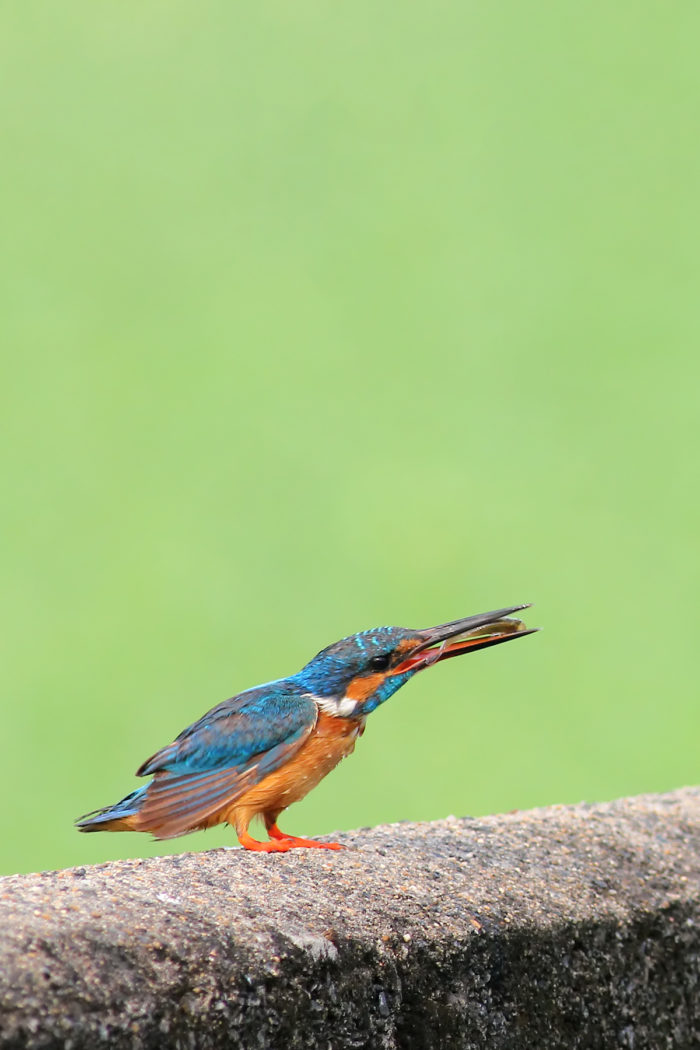
Common Kingfisher 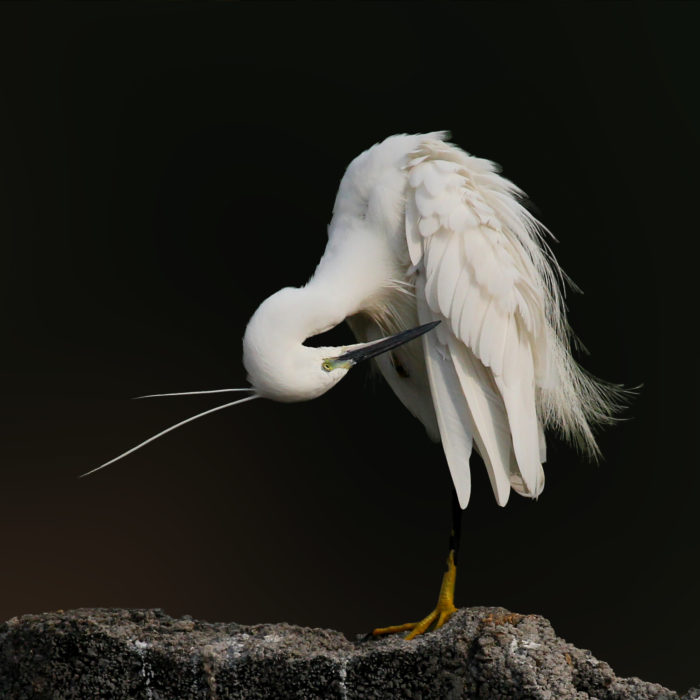
Egret 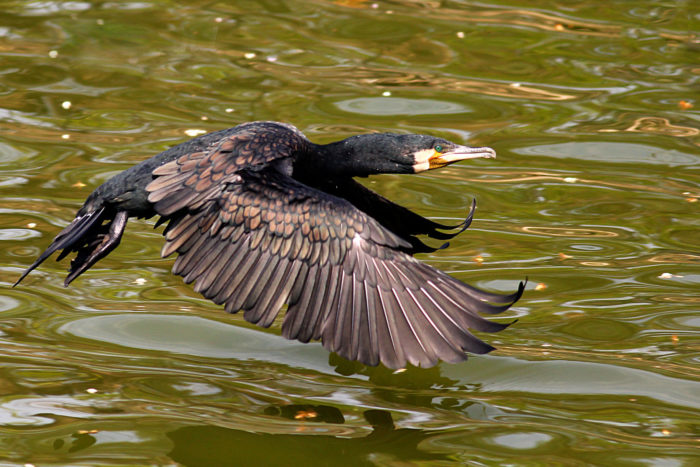
Great Cormorant 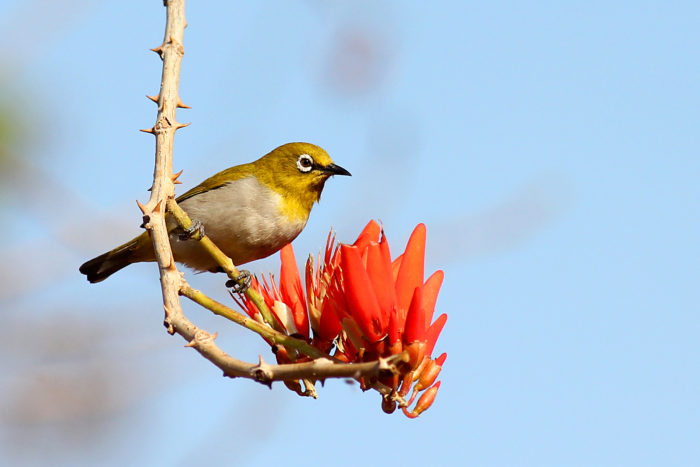
Oriental White Eye 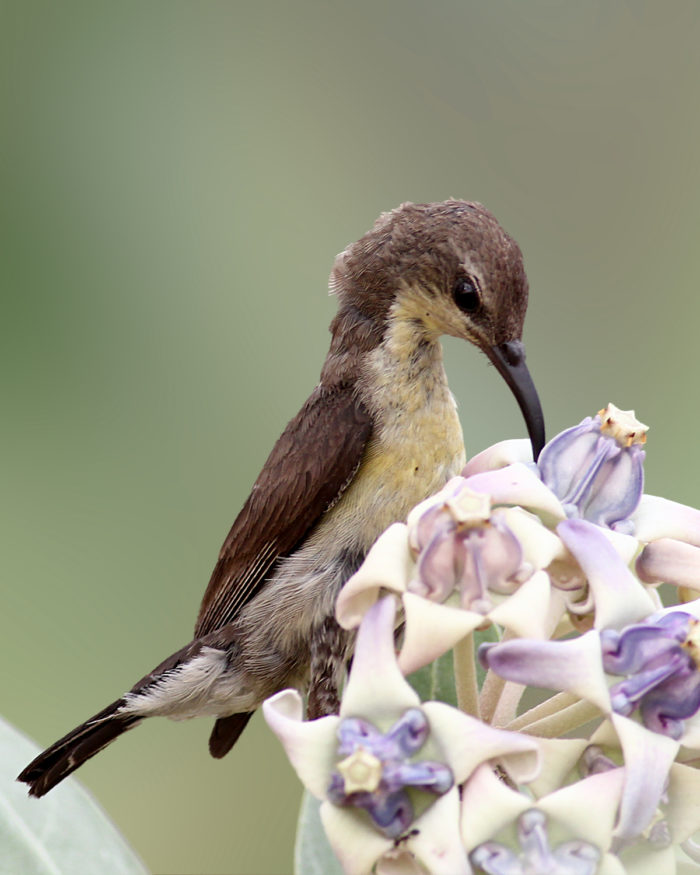
Purple Sunbird (Female) 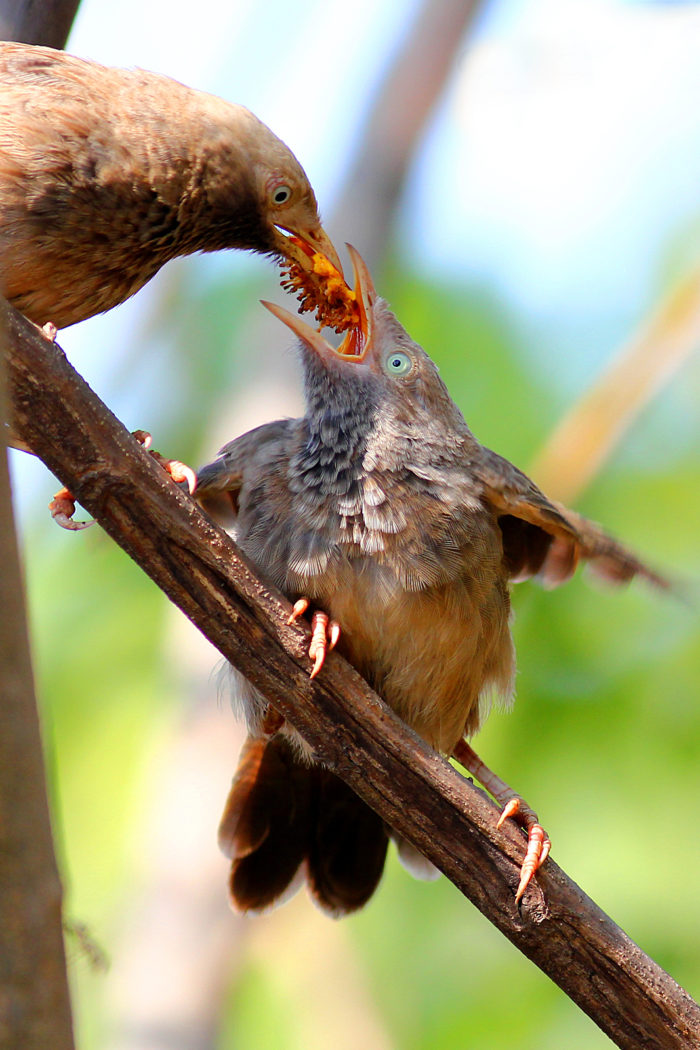
Yellow -billed Babblers 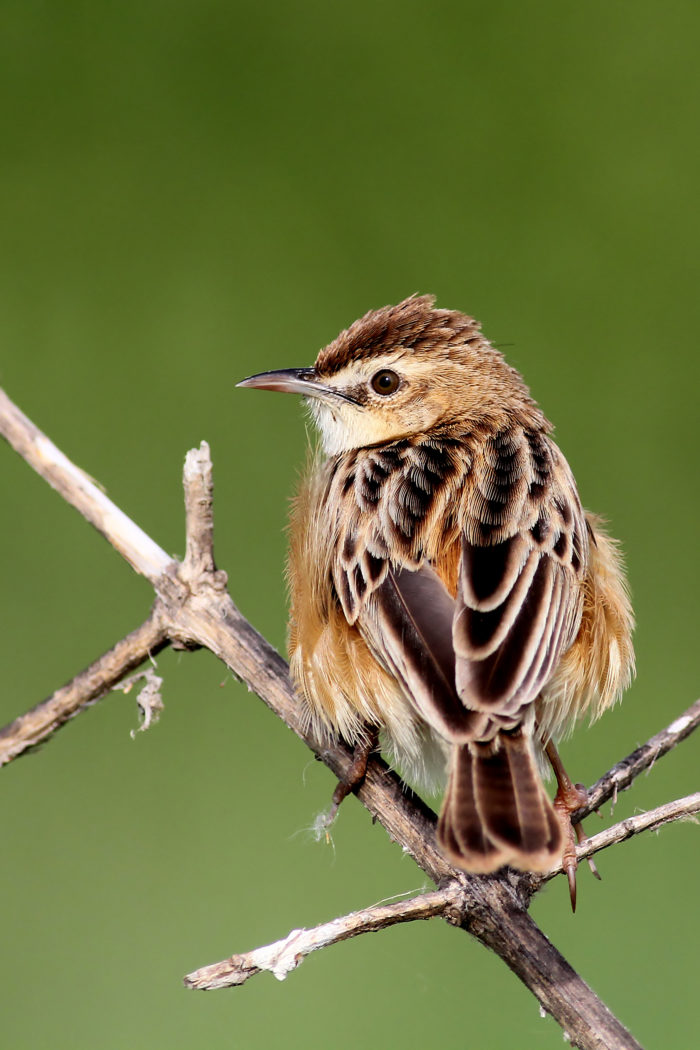
Zitting Cistocola 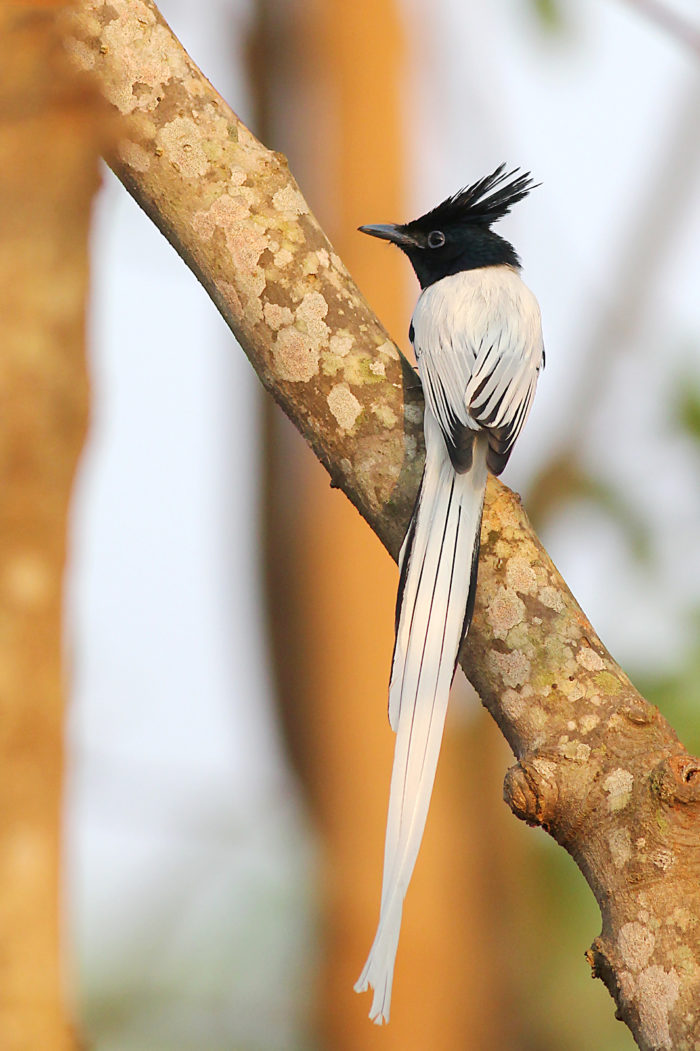
Indian Paradise Flycatcher (male)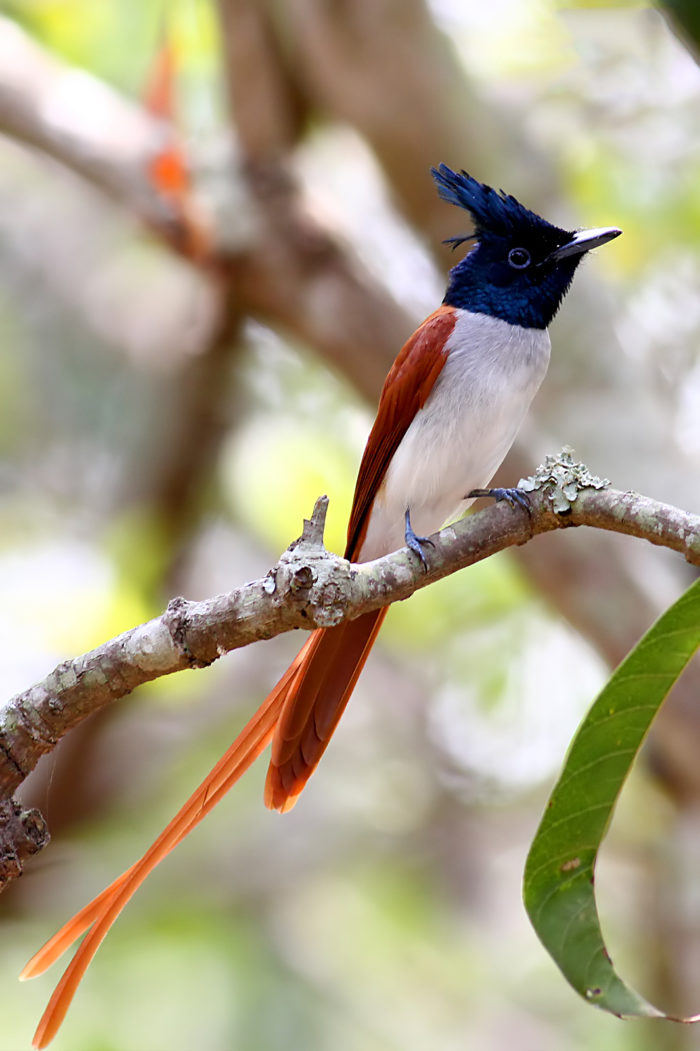
Indian Paradise Flycatcher (male) 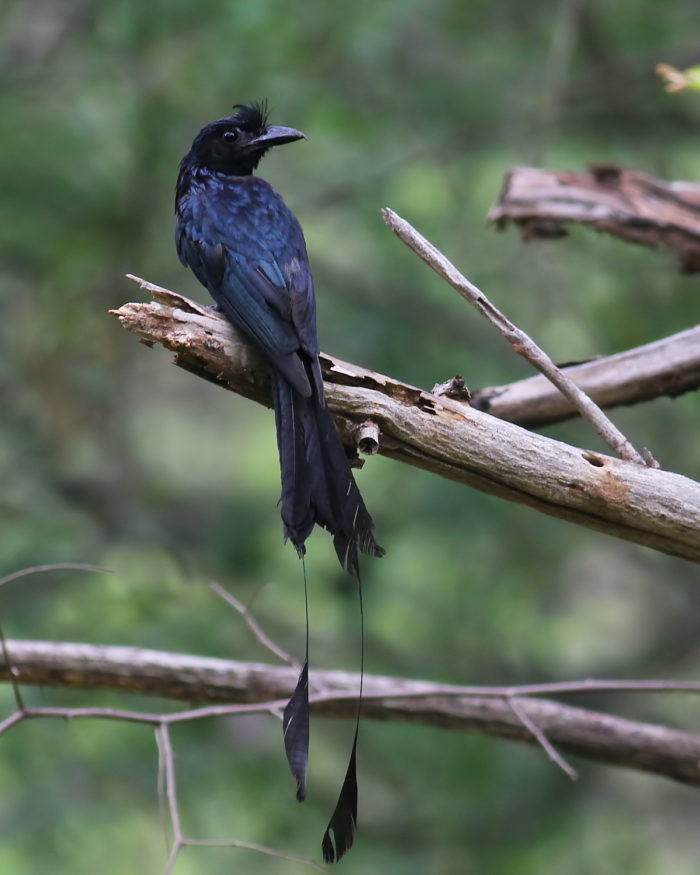
Racket Tailed Drongo 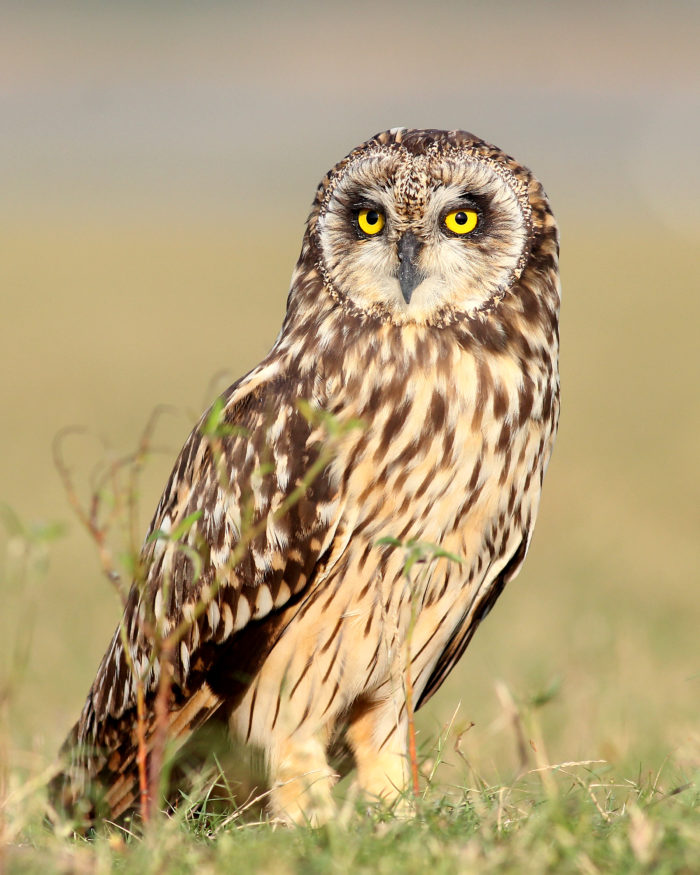
Short-eared Owl
What is the biggest concern you have about the world we share with birds?
Habitat loss is a big issue. But the bigger concern I see is a lack of awareness of life around us. Even in busy cities, there are birds (and other wildlife too) everywhere. And we fail to notice them. How can we expect protection for wildlife, when we don’t even know what we will lose?
What are your hopes for the new decade when it comes to birds and birding?
I see interest in birding picking up a lot, especially among school students. Whenever I have given talks in schools, I have been surprised by the enthusiasm of the students and their interest to learn. My hope is, more eyes looking out for the birds means more awareness. And more ecologically aware individuals means better environmental policies and sustained urban development without losing sight of the precious biodiversity.
(All pictures © AM Aravind)
(Interview by Spark Editors)

